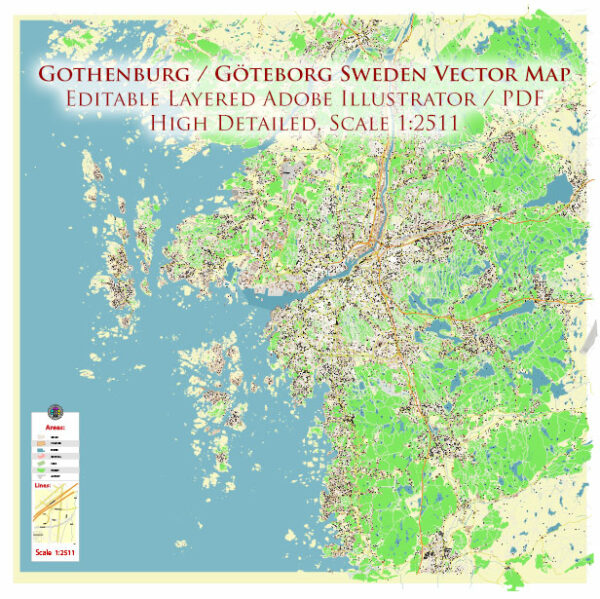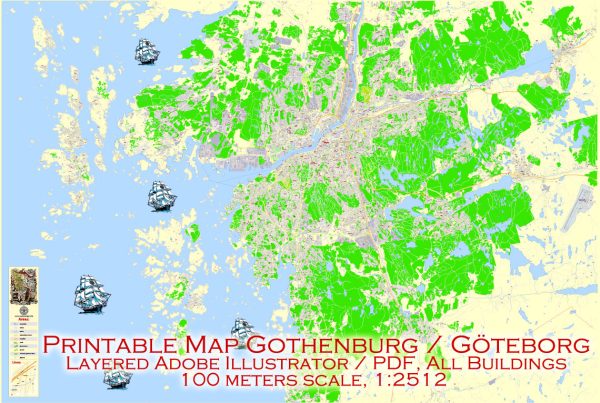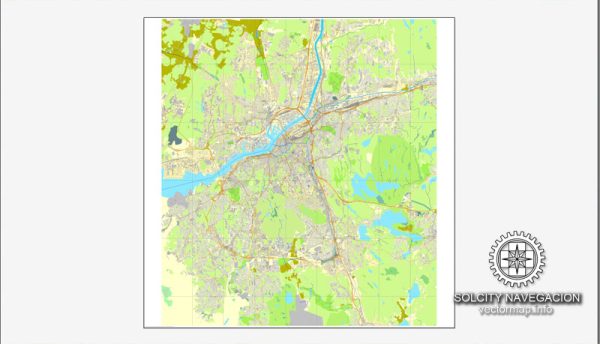Gothenburg, Sweden, has a well-developed and efficient transportation system that includes various modes of transportation, facilitating the movement of people and goods within the city and its surrounding areas. Here is an overview of the principal transportation systems in Gothenburg:
- Public Transport:
- Trams: Gothenburg is famous for its extensive tram network. Trams are a popular mode of public transportation and cover various routes across the city, connecting different neighborhoods and key areas.
- Buses: The city has a comprehensive bus network that complements the tram system. Buses cover areas not served by trams and provide connectivity to suburban areas.
- Ferries:
- Gothenburg is situated on the west coast of Sweden and has a network of ferries and boats that operate on the river and connect various islands and neighborhoods. The archipelago is an integral part of Gothenburg’s identity, and ferries play a crucial role in providing transportation to these areas.
- Cycling:
- Gothenburg is a bike-friendly city with well-maintained bike lanes and a bike-sharing program. Many residents use bicycles as a primary mode of transportation, contributing to a sustainable and healthy urban environment.
- Trains:
- Gothenburg has a central train station, known as Göteborg Centralstation, which serves as a major transportation hub. The train system connects Gothenburg with other cities in Sweden and neighboring countries.
- Road Network:
- The city has an extensive road network, including highways and well-maintained streets. Cars and taxis are commonly used for transportation within the city and for commuting to nearby areas.
- Airport:
- Landvetter Airport, located approximately 20 kilometers east of Gothenburg, serves as the city’s main airport. It provides both domestic and international flights, connecting Gothenburg to major cities worldwide.
- Parking and Traffic Management:
- Gothenburg has implemented various measures to manage traffic and encourage sustainable transportation. This includes efficient parking facilities, congestion pricing, and efforts to promote public transportation and cycling.
- Smart Mobility Initiatives:
- The city has been investing in smart mobility initiatives, incorporating technology to enhance transportation services. This includes real-time information systems for public transportation, smart traffic management, and digital platforms for planning and paying for various modes of transportation.
Overall, Gothenburg’s transportation system is designed to be comprehensive, sustainable, and accessible, catering to the diverse needs of its residents and visitors while prioritizing environmental considerations.




 Author: Kirill Shrayber, Ph.D.
Author: Kirill Shrayber, Ph.D.